Where would we be without Cuba? If you’re a true American, please don’t answer that.
The fact is that Cuba has perfected many of our favorite, usually unhealthy, habits. From rums to cigars, there is something about Cuba that makes them irresistible to us collectors.
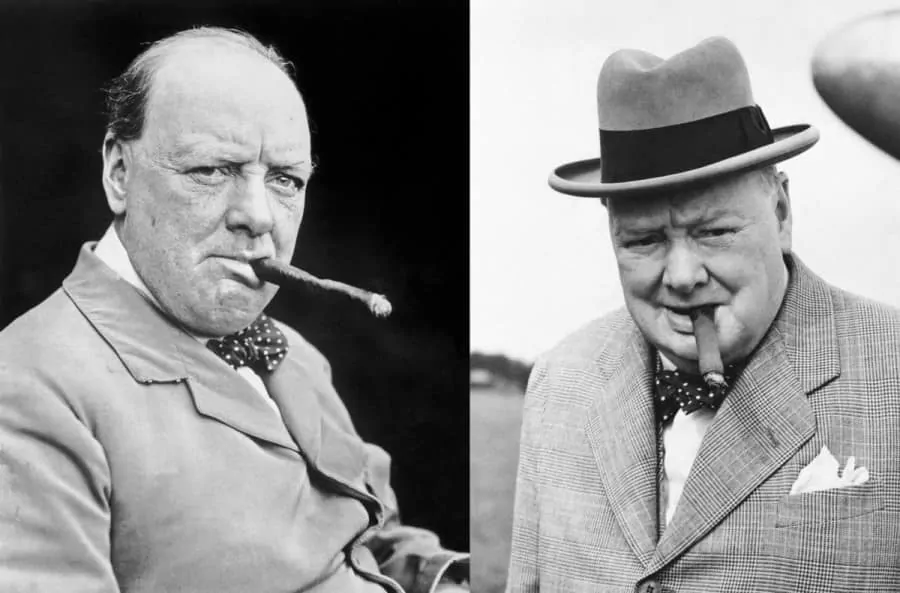
In fact, as history recalls, just hours before President John F. Kennedy authorized the US Trade Embargo, he had an assistant purchase 1,200 cuban cigars for his personal collection. Since then, some of the most exquisite cigars have been illegal on American soil, yet, that doesn’t seem to stop us from trying to illegally sneak them in.
In our past cigar guides we spoke in detail about the history, craftsmanship and manufacturing processes. In this installment, we’ll focus on some of my favorite cuban cigars and I’ll show you just what you’re missing if you happen to be one of those law abiding American’s who agree with all aspects of the trade embargo.
Now for many of you, you’ll expect me to recant the familiar phrases of “Cubans are the best in the world” or “No country makes cigars as well as Cuba“. I hate to break it to you, but that’s just not going to happen.
The fact is that Cuba does make some extraordinary cigars, but for the most part, they aren’t worth the hype. Most cigar smokers I know couldn’t tell the difference between a Dominican, a Nicaraguan or a Cuban cigar without the label. They would smoke them and have not a clue what it was they were tasting. However, if you left the label on, I can guarantee most of them, regardless of actual opinion on the taste, would choose the Cuban as their favorite simply due to the appeal.
There are many Cuban cigars that I thoroughly enjoy, but there are many other cigars from various other countries that I equally like. While you are probably inclined to disagree with me, I would urge you to test this theory of mine on some of your friends or even on yourself.
Living in Canada, I have the unique opportunity to smoke Cubans any time I want. After ten years of smoking cigars, I don’t enjoy them nearly as often as I used to.
Initially, I really enjoyed cuban cigars. I looked at them as a rarity since almost everyone knows that they’re illegal to acquire in the United States. You grow up being led to believe that cigars made in Cuba, as a whole, are distinctly different and far more rarified than anything else you could find in any other country. This is like saying the very best in mens clothing is from Savile Row in London. While there are certainly some exemplary articles of clothing made there, it doesn’t negate the fact that you can still find equally resplendent clothiers in various other regions or cities around the world. As well, you can also find substandard clothing in Italy or London, just as you can anywhere else.
The History of Cuba’s Cigar Industry
Globally, Cuba has one of the best reputations for its consistent exportation of quality cigars. Despite my personal beliefs differing, I will admit they do grow the best tobacco anywhere in the world. The first tobacco plantations most likely began harvesting sometime in the 18th century on the east end of Cuba’s island. As the popularity of the quality tobacco ensued, soon it was grown in the west as well.
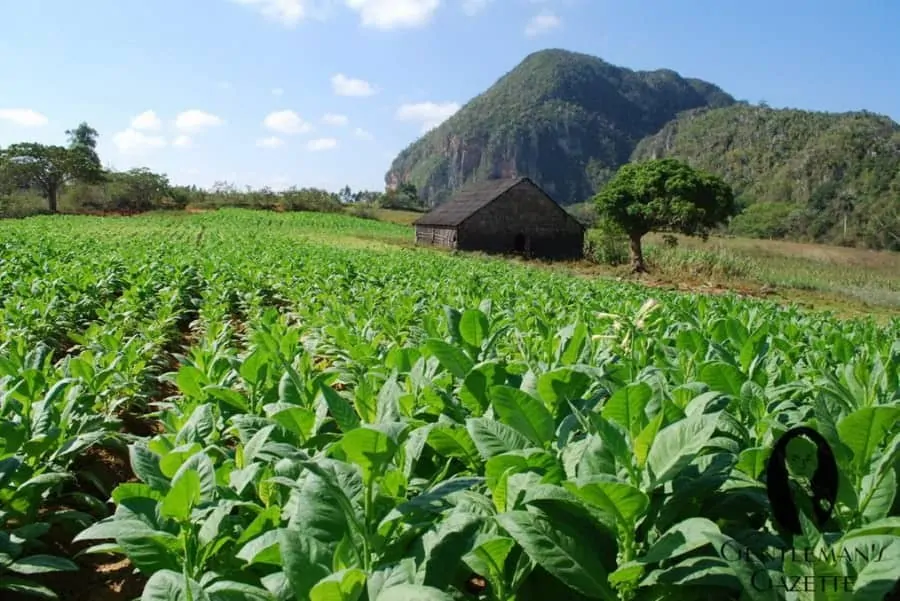
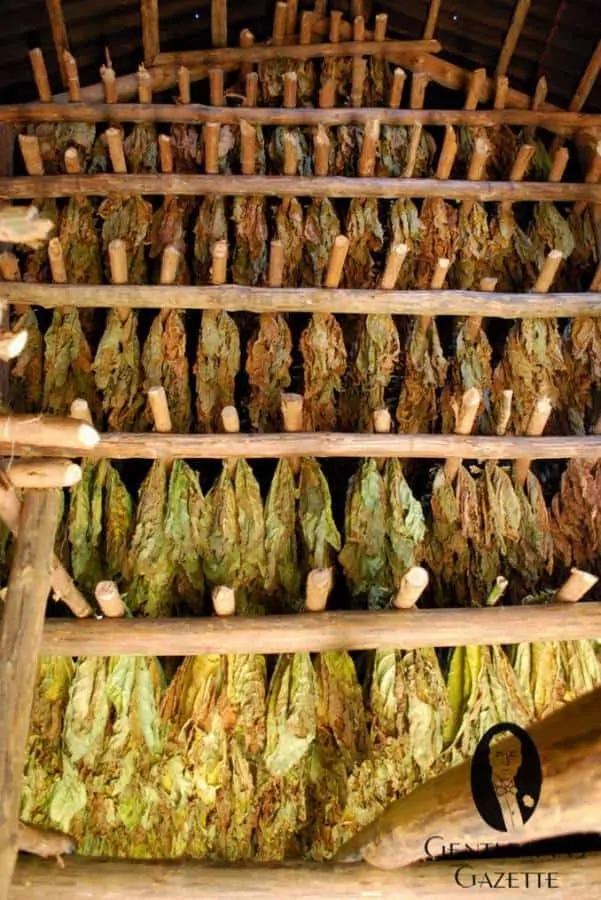
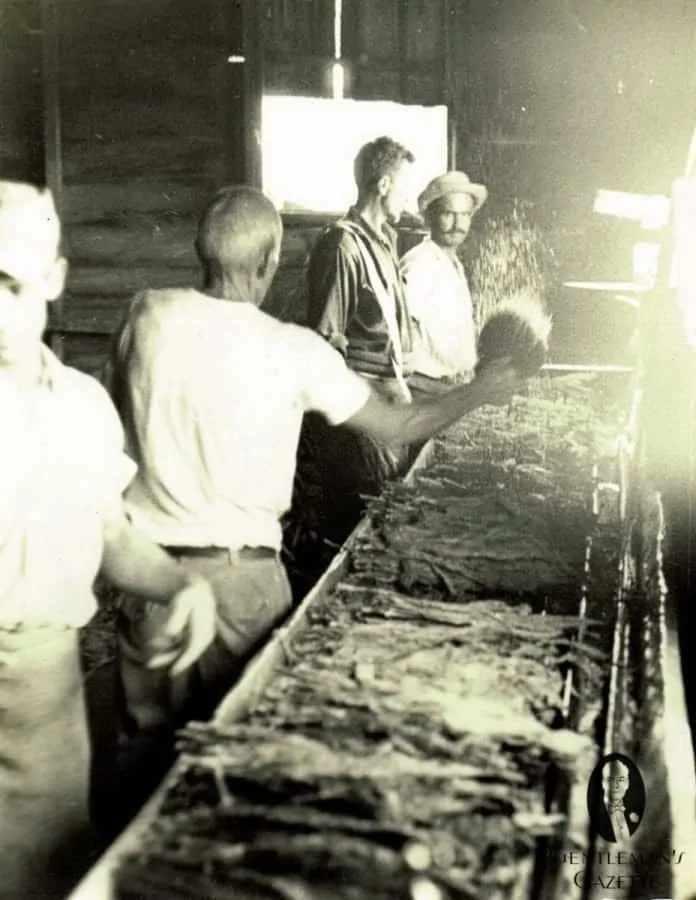
Even today, the most well known tobacco is harvested in Pinar del Rio. The plant used for this tobacco actually hails from South America and arrived in the Antilles somewhere around 3000 BC.
Initially the most popular export from Cuba was sugar, however, as other regions around the globe began to hear of this incredibly succulent tobacco being harvested, the export percentages switched and very quickly tobacco became the number one export out of Cuba.
One name often associated with Cuban cigars is “Cohiba” which is what the Cuban natives called the tobacco, at first thinking it to be a magical plant that could be used as a medication for curing or treating a variety of illnesses. It was heavily documented in their religious ceremonies and used historically during political events.
Once discovered by tourists of the island, tobacco began to be exported throughout the world, at first to Europe, in Spain and then to Japan, Turkey and Russia. As many began to deduce that it didn’t have the “medicinal” qualities Cubans believed it to contain, many prohibitions arose including the most infamous being the Tobacco Monopoly of 1717 when King Felipe V ordered that plantation workers who used it as medicine should immediately be put to death. The monopoly lasted until June 23rd, 1817 when it was abolished by Royal Decree thereby allowing free trade of the tobacco once again.
What’s very interesting to note is that the men who worked on sugar plantations were primarily slaves at the time, owned by the plantation owner or another individual who loaned his or her workers to the plantation for a profit. What’s interesting about this is that on the contrary, the men who worked in the tobacco fields were all free since it was believed that unlike sugar, tobacco required a very gentle touch and plantation owners believed only free men would be capable of being gentle and taking pride in their work.
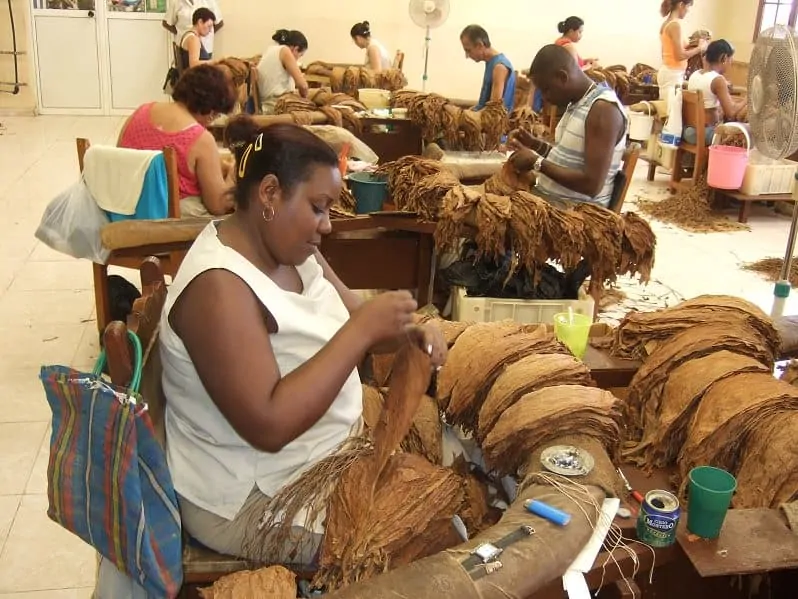
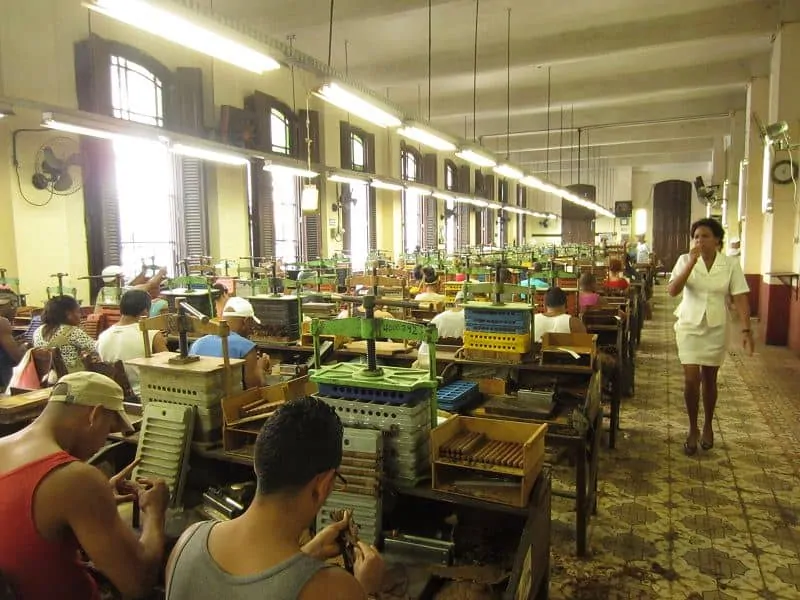
Once, US President John F. Kennedy signed the Cuban embargo which prevented the importation of cuban goods into the United States, the exportation of tobacco from cuba fell from first place. Despite the US being such an integral part of global economic influence, tobacco however, still remains in the top three exports due to its worldwide appeal as being, arguably, the greatest tobacco and cigars made on the planet.
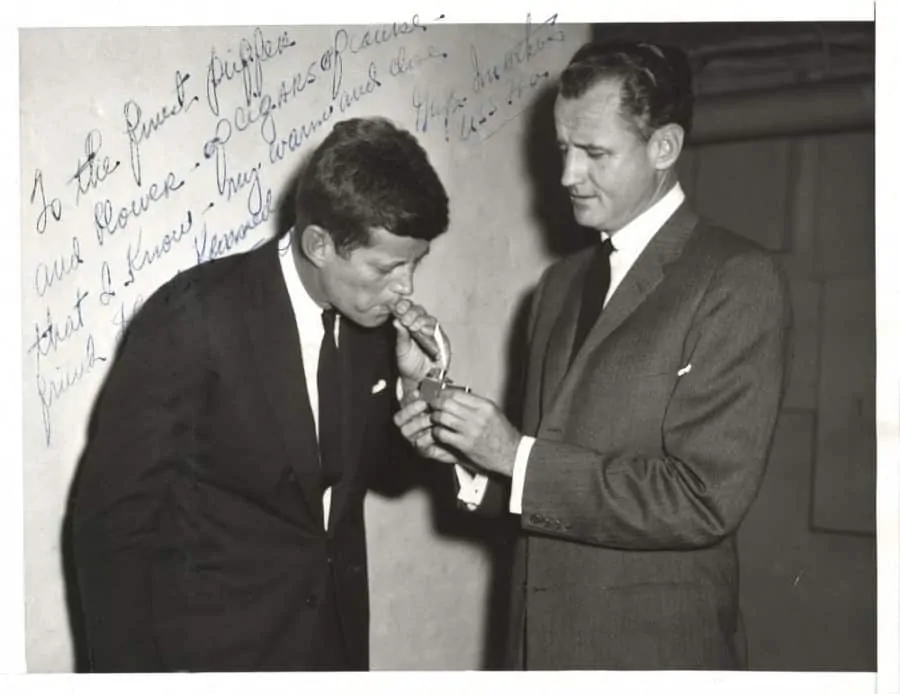
Are they really that great?
What you have to understand about Cuban cigars is that the tobacco is all from Cuba which limits the flavor profiles you often see in other countries. In addition, despite the history and rich tradition, many of the factories in Cuba are run haphazardly, by low income workers who don’t put the same level of care into their lines as many other countries do. Now that’s not to say they are all like that. If you want to give me a box of Cohiba Esplendidos or Romeo et Julieta’s I’ll be happy to accept them. There are certainly many brands of cigars from Cuba that have earned their reputation – however, just because it’s a cigar from Cuba, doesn’t mean it’s the Rolls Royce of the tobacco world.
With that said, if you are interested in the real deal, I would urge you to consider the following:
My top picks:
Cohiba Esplendidos
Easily ranked in my top five cigars of all time, the Esplendidos are one of the most superlative and exquisite cigars you’ll ever have the opportunity to taste. Unfortunately, they come at a high price. Cohiba has long been one of Cuba’s most influential and best selling lines of premium cigars. The Esplendidos in my opinion, are the pinnacle of that lineup. While many will argue that the Behike is a worthwhile candidate, the Esplendido is a cigar that will make you shiver with ecstasy. It is a Churchill that is almost always perfectly assembled which makes it fairly easy to spot counterfeits – for which there are many.
It’s constructed out of Colorado medio which is one of the finest tobacco leaves you can find. From a flavor perspective, it’s exceptional. It’s medium to full bodied with spicy notes mixed into sweet honey and cocoa. The flavors marry into each other like a perfect symphony as your finish each portion of the cigar. It is truly one of the best tasting cigars you will ever try but it must be aged properly to ensure it’s intended quality.
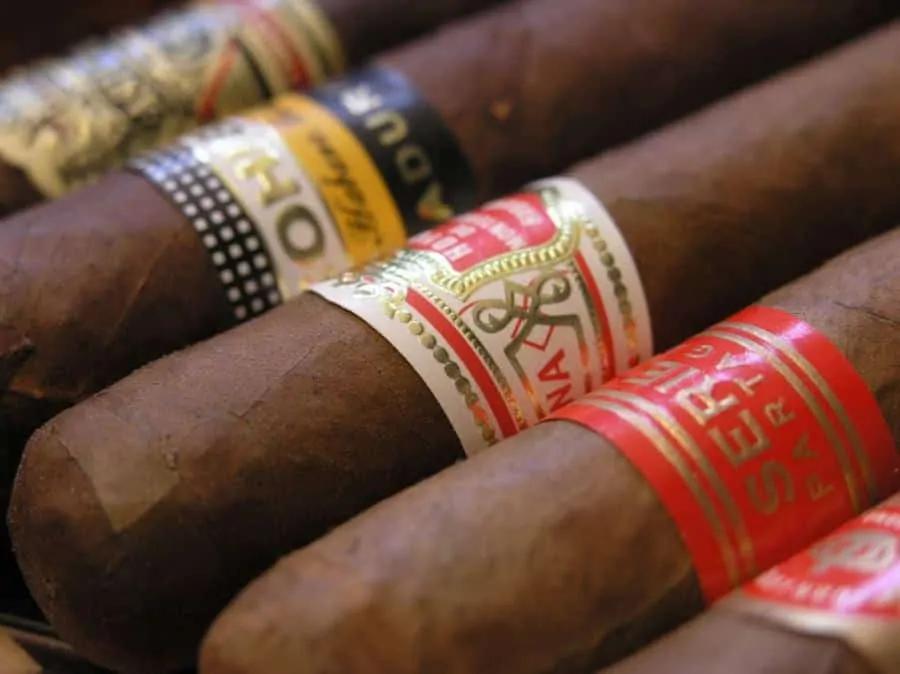
H. Upmann No. 2
This is one cigar that many collectors may balk at. It’s well known for consistently having flaws in the construction, however, when it comes to taste and aroma, it’s tough to beat.
In the end, isn’t that why we enjoy a cigar? Because it tastes good. The H. Upmann No. 2 is a really “nice” cigar that’s perfect for someone who is in their initial stages of testing the waters. Don’t let the construction flaws deter you. Despite them, the cigar is very capable of correcting itself and really requires very little maintenance in the event you need to intervene to protect the smoking experience.
It’s a very sweet cigar with coffee, cocoa, vanilla and honey notes. It’s relatively mild (in my opinion) and is what I believe most people think of when asked what a cigar should taste like.
The real benefit for the novice, is that this cigar is so consistent in flavor and so perfectly stable that if it’s bad you’ll know right away. If it’s your first smoke and you hate it, chances are it’s a sign you won’t enjoy others. However, if you start with another, more potent or “sensitive” cigar, you run the risk of assuming it’s bad when it’s really just intended to taste that way.
Davidoff
Of course, Davidoff is one of my favorite brands of cigars in the world. The grandfather of tobacco, Davidoff cigars are usually quite mild, but with a perfect complexity that is rarely found in other smokes. I haven’t listed a specific cigar in their lineup because I’ve enjoyed every cigar in their line. Whether you’re a novice smoker or an experienced aficionado, Davidoff has a cigar you’ll thoroughly enjoy.
Partagas Series P No. 2
When this cigar was released by Habanos, it was one of the most eagerly awaited cigars in history. It comes in a torpedo with a 52 ring gauge and is absolutely phenomenal.
It’s spicy and peppery throughout with a good, even draw and excellent hold pattern to the ash. The reason it made my list is because of its consistency and ease. If you’re still uncomfortable with the process of cutting, lighting and smoking, this is a great stick to practice on. It’s not overly expensive, and it’s one that even the most discerning enthusiast will appreciate.
Montecristo No. 2
One of, if not the best selling Cuban cigar in the world. The No 2 is one that many agree is at the top of its game. It’s complexity is as powerful as the taste and it exhibits clear notes of floral, spice, cinnamon and leather. Everything about the No. 2 is outstanding. It’s exceptional from head to foot and showcases some of the best quality in cigar manufacturing. There’s a reason it’s so popular and if I could take just one cigar to a deserted island, this would be it.
Counterfeit Cigars
Just like any valuable or popular item with a price tag, Cuban cigars have long been battling counterfeit regimes that claim to sell authentic cigars at a fraction of the price. Obviously, it is far less expensive to purchase these cigars directly in Cuba; something I do quite often when I know someone traveling to the island. However, that doesn’t mean that you’re going to get a box of Cohibas worth $600 here for just $50 in Havana. As my mother always told me, “if it sounds too good to be true, it probably is”. It’s estimated that fake cigars outnumber the real deal by a factor of 10, so when buying expensive cigars it is essential to know and trust your dealer.
Because counterfeit cigars are such a blooming business, we will show you what fake cigars look like and how to protect yourself. Probably the most faked cigar brand is Cohiba, so be extra cautious when you see this brand. Below we created a Cigar 101 Infographic that shows you what a genuine cigar is and we implemented a video where a fake cigar is disassembled, so you can learn what a fake looks like.
With counterfeits there are really two types of victims.
1. The American customer dishing out hard earned money on what he is led to believe is real (yet illegal) Cuban cigars.
2. Everyone else hoping for a good deal that really is too good to be true. Hint: Buying a box of Montecristo for $25 is like buying a Rolex watch for $100. It’s just not going to happen.
What’s unfortunate is that it can often be very difficult for the average cigar smoker to discern a real cigar from a fake. Many of the better counterfeiters spend a great deal of time ensuring that the cigars (from the outside) look identical to their real counterparts. The boxes they come in will often feature the designated seals and credentials and the wrappers will be virtually identical to the actual ones.

So how do you determine if the cigar is fake or real?
The first step is price. If you live in America and are being overcharged by someone for a Cuban cigar, your first indication they’re an unscrupulous businessman is that they’re trying to sell an illegal product. The second clue is if they’re charging a ridiculous price for it and only accepting cash. If you live in America, never buy a Cuban cigar unless it’s from a trustworthy source. Odds are it’s a fake.
Typically, these fakes are a batch of cigars from elsewhere that are repackaged and branded to look like something they’re not. They may spend a total of $50 on everything from the cigars to the packaging and then turn around and sell it to you for $500.
However, America is not where this stops. Counterfeit cigars are actually sold more than real cigars right in Cuba to unsuspecting tourists. It’s a huge racket there and one that results in pocket change for the children and adults who peddle them. Usually they will claim that they have a friend on the floor, stole them off a truck or was given them as a gift but doesn’t smoke. In most cases the tobacco bundled inside the wrapper is just loose scraps swept off the floor and could be coming right from a dustpan into your mouth.
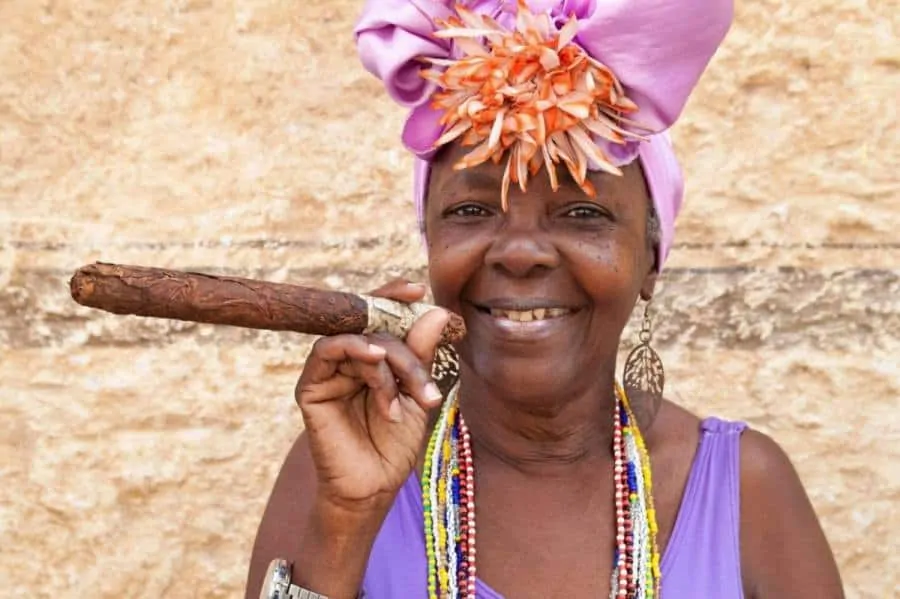
Living in Canada, I often see people showing me their boxes of brand name cigars that they bought from a street vendor or lifeguard on the beach. Ninety percent of the time they’re fake. The key is to purchase from actual cigar shops authorized to sell them. Will you spend more? Certainly. But you’ll still be getting a good deal in comparison to what you’d spend in other regions, including Canada or Europe.
There are a few tell-tale signs to spotting fake cigars. The first being the packaging. While they can be faked, real Cuban cigars will be packed in a sealed box with a Habanos seal in the upper right hand corner of the box that features a hologram on the right side and a bar code on the left. The label actually contains some pretty impressive counterfeit measures which prevent it from being able to be removed and reapplied without completely ruining the look. The next marking you’ll see is on the left, where you’ll find the “Made in Cuba” warranty stamp.
It’s what’s on the bottom of the box that can be your best indicator as to whether the cigars are real or counterfeit. On the bottom of each box you’ll see the words “Habanos S.A., Hecho En Cuba”. In the event the cigar is entirely handmade you’ll also see “Totalmente a Mano”.
If you look lower down on the box, you’ll see a code that indicates which factory the cigars were made in as well as a date which indicates when the cigars were boxed.
The vast majority of counterfeit boxes will either forget one or more of these details or they’ll look misplaced. In fact, I’ve even seen ones that are misspelled or were obviously handwritten using a Sharpie. If they don’t look precise, just say no as chances are they’re fake. To counter these boxes, sometimes the con artists will place the cigars in a glass box and call them special editions. To clarify, there has never been a real cigar packaged in a glass box.
Once opened, you need to examine the contents in the box. If the salesman won’t allow you to examine it, walk away. This isn’t a fake Louis Vuitton purse, this is a product you’re going to put in your mouth and allow in your body.
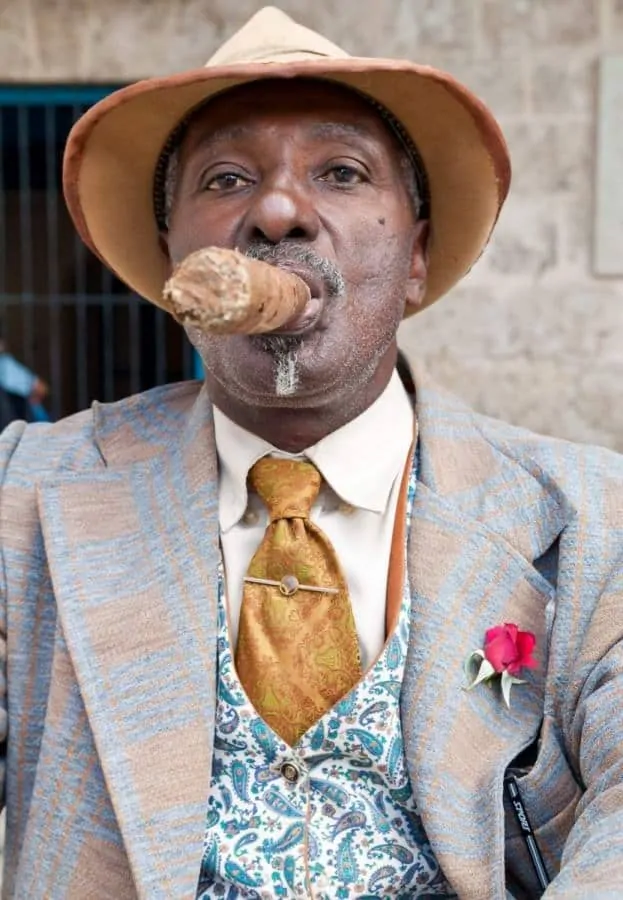
The first thing to look for is the wrapper. A common practice is to use different colored wrappers on fake cigars. This is a tell-tale sign the cigar is a fake. However, even the most elaborately packaged cigars have been faked. It’s these “barber shop” cigars that are usually found in tourist spots. On the wrapper look for spelling errors, fading, quality and missing information.
Then touch the cigar. Roll it gently between your fingers and check to make sure it’s not soft in some spots and firm in others. Compare them to real cubans. How oily is it, what’s the ash like, how does it feel and is it falling apart in your hands.
If you’re still unsure, just leave it. Go to an actual tobacconist and get the real thing. If you’re American, check out my column about Dominican cigars and find out why they’re some of my favorites.
This is a Guide on How to Spot a Fake Cuban Cigar:
Here is a video of the dissection of a better quality fake Cohiba:
Conclusion
Cigars from Cuba are a delicacy of the tobacco world. They hold a strong presence in each of my humidors and offer some of the most traditional and exceptional craftsmanship you’ll ever find in this growing industry.
As we continue our series on cigars, we’ll delve into more cubans focusing on every brand the country has to offer. In between we’ll also talk about other brands from every part of the world over.
Want to learn more about our Cigar, Pipe and Tobacco Guide?
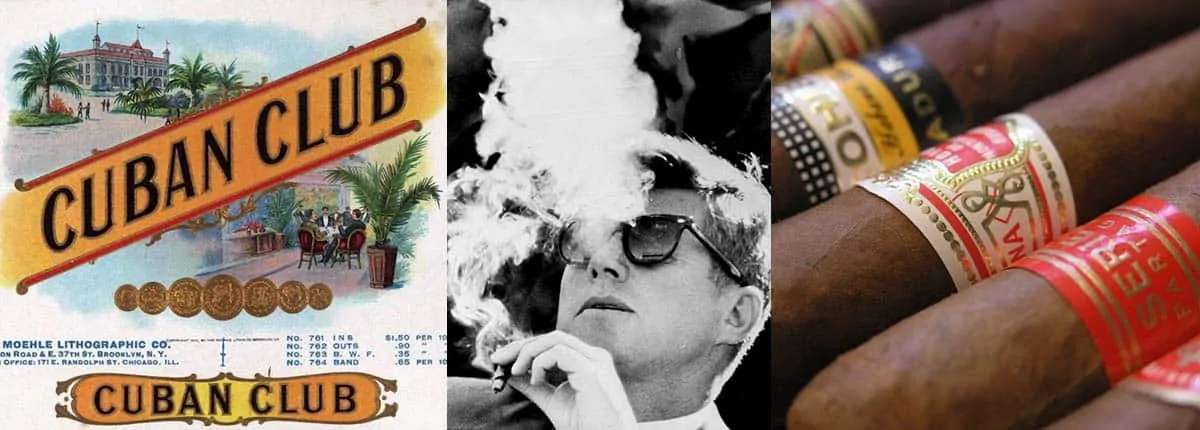
Enjoy the articles but don’t agree with this comparison. To me, a Rolex symbolizes a lack of imagination and a too-fervent wish to impress. That seems the opposite of true style, A Rolex is for a man who lives from the outside-in; style is living from the inside-out–no?
I’d apologize to all you Rolex wearers but I am old enough to no longer give a damn about that.
Hi Harry,
Perhaps there was some miscommunication. I don’t think I ever compared Cuban cigars to Rolex. In fact, I wholeheartedly agree with you. If I’m not mistaking, the only comparison I made in the article to Rolex was that expecting to find a cheap box of Cuban cigars is akin to finding an authentic Rolex for $50.
I’m glad you enjoyed the article.
Best,
J.A. Shapira
Good article, and thank you for mentioning my all time favorite, the Montecristo No. 2.
Thank you Kory D.
I have traveled to Belize several times and Cuban cigars were available there. The best Cuban cigar I have enjoyed was a Bolivar torpedo. I was a joy to smoke and not tightly packed like the Cohiba which I have never enjoyed. I do agree with you that the Davidoff is a great cigar also. Good primer on Cuban cigars.
Thank you for sharing Edward.
Nice article. As far as I now, Davidoffs, like Bacardi rum, have not been made in Cuba since before 1959. You also forgot to mention that Cohiba was the first brand created after 1959 (triumph of Castro’s Revolution), and so they have special treatment. As it turns out, they have a three-phase aging process instead of the usual two most other known brands receive. That also makes them more expensive. The Cohiba factory is located in El Laguito, a former residential area and now a government run luxury house complex, where ambassadors residences and high-level governmental guest house are.
Very impressive! Another cigar lover who knows his stuff. The only thing I will point out is that the Cuban Davidoff No 1 and No 2 sizes ceased production in Havana in 1991. They’re still available on the market though, albeit, a collectors item with a hefty price tag.
I’m glad you enjoyed the article.
Best,
J.A. Shapira
Hey J.A.,
I’m rather clueless about cigars versus shisha/hooka, but found this to be super helpful and have saved this along with passing it along to friends. It’s interesting that you point out just because something’s made in Cuba doesn’t automatically make it the Rolls Royce of cigars.
I think it’s just folks drinking the kool-aid, whether it be Made In USA vs. Asia or whatever blanket advice people blindly follow. Recently ran into this issue myself with my own line of accessories and a Youtube blogger but that’s a story for another day.
– Terry
I collect books about cigars, and I found this to contain more information than most books. I do question your assessment of wrapper strength. I was taught that the darker the wrapper the milder it had become. This is due to longer aging to achieve the darker color, with the Oscuro taking the longest. The kind of leaf (corojo, habano,criollo, rosado,et al) and the soil in the growing region have the biggest influence on the strength. I’m hoping this can be corrected by someone in the tobacco industry who might read this. Either way, I’d like to know.
Hi Paul,
I’m so pleased you enjoyed the article. Wrapper color is something that is often misunderstood so I’m going to give you a very generic response.
Regardless of how dark or how light the wrapper, it does not necessarily coincide at all with the strength of the flavor profile or the aroma. While it can give certain indications, really what it comes down to is the actual type of tobacco that the wrapper is made of. I have had many maduro cigars that were only light to medium bodied cigars. Even something like a claro wrapper can prove to be mild as many might expect, but with strong notes of spice and pepper. The actual color is more of a generic glimpse of the wrapper, but in the end they say you can’t judge a book by its cover.
Again, so happy you found this article useful and I hope I answered your question.
Best,
J.A. Shapira
Interesting article, but I wondered just how knowledgeable the author really is if they didn’t notice that NOT ONE of the cigars in the “Various Cuban Cigars” picture is acutally Cuban. They’re all non-cuban for the US/international market. The Cohiba branded cigar there is not the Cuban brand at all.
Please note that none of the cigars in the picture entitled “Various Cuban Cigars” are from Cuba. The Cohiba pictured is actually produced by the US company General Cigar from non-Cuban tobacco and has no affiliation of any sort with the real Cuban Cohiba. It is often called the “Red Dot Cohiba” because of the red dot on the band.
I am aware of that. While many of the photos are sourced by me, not all of them are. It’s most likely just an error, quite possibly on my part. I’ll mention it to my editor this week and let him know about it. Thanks for noticing it and mentioning it.
Best,
J.A. Shapira
I removed the picture.
First things first: Good article! I agree with almost everything you wrote, as a man who is big in cigars. Especially the point that cuban cigars not even better than other cigars. As a german guy i do often smoke cuban cigars, but there are a lot of brands out there that are as good as the cuban ones.
But I can not understand how an expert for cigars advise Davidoff. These ones are expensive and bad. Most noncuban brands are much better!
I hope my english is not too bad, so you guys undertstand what I wrote ;-) If you have smone time, let me know what I made wrong, to get better in speaking english.